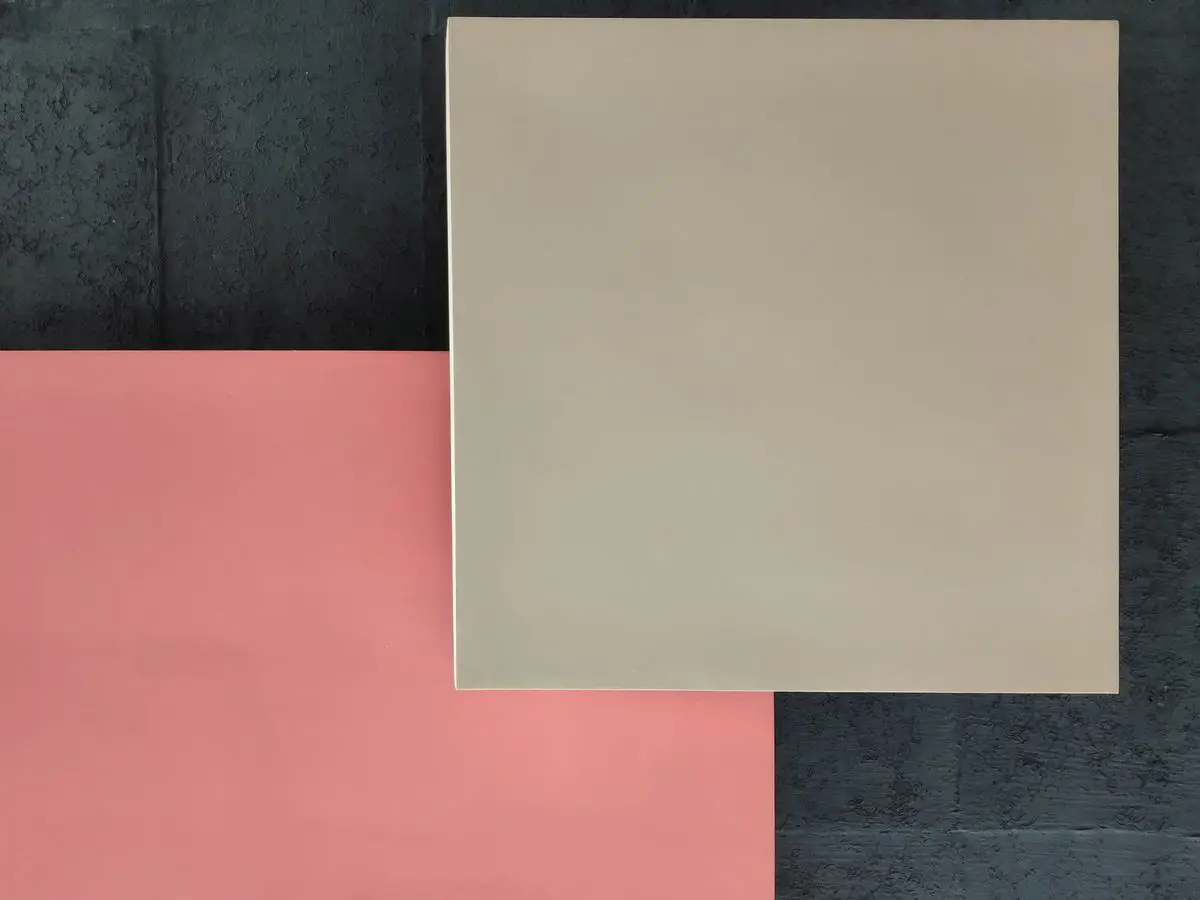How Anyone can Make Quality Acoustic Panels (On a Budget)

Quality acoustic panels are expensive when treating a recording studio, there's no denying that fact. The good news is that they are actually very cheap and easy to make at home. In this article, I will take you through a step-by-step process to making your own quality acoustic panels.
To make an acoustic panel, you first need to build a wooden frame and attach backing fabric with a staple gun. The rockwool should then be trimmed and placed within the frame. To finish, your chosen fabric should be stretched over the front and sides of the panel, secured at the back with staples.
Follow the step-by-step guide below to build your acoustic panel as neatly and efficiently as possible. You can also find a checklist of all the items you will need for the project, as well as a guide to make smaller square panels instead.
What Do I Need to Build Acoustic Panels?
Building a quality acoustic panel that looks professional requires tools and materials. You may have most of these tools lying around the house, but if not, I have provided links to get them online.
The actual materials for the panel can also be sourced online (for more variety), or from your local fabrics and hardware store. These materials are used for a 2x4ft panel (or just over, depending on the thickness of the wood planks).
However, you can adjust these measurements to make the panel bigger or smaller. I have included how you can make a smaller square panel (2'x2') at the end of this article.
Tools Required
The below tools can all be found from your local tool shop, where you will likely get your materials from (as these often cannot be found online). If you prefer purchasing online for variety, I have provided links for you.
- Staple gun (+ staples)
- Drill
- Small drill bit for pilot holes
- 2-inch screws
- Wood glue
- Scissors (to cut fabric)
- Serrated knife (to trim rockwool)
- Gloves (to protect your hands from any insulation fibres)
Materials for the Acoustic Panel
- Two pieces of 8'x4"x1" common board (eg. from Home Depot or Lowe's)
- Fabric of your choice for front of panel (3'x5')
- Backing fabric for back of panel (2'x4')
- 2x4ft of rockwool insulation (eg. from Home Depot or Lowe's 8-pack)
How to Make Rectangle Acoustic Panels (2'x4')
Below are the steps to make a rectangle acoustic panel. This panel ends up being 2'2"x4' due to the positioning of the wood.
Step 1: Building the Frame
- Glue the two 2' planks and two 4' planks together with wood glue to form your frame. The smaller pieces should be on the inside of the larger pieces, making the inside of the frame 2'x3'10" (so later you will trim the rockwool along its short axis).
- Once the glue holds the wood, drill pilot holes into the sides of the frame where the sides of the frame meet the top and bottom of the frame. There should be a total of four holes.
- Use your drill to insert the screws.
Step 2: Covering the Back of the Frame
- Stretch your fabric across the back of the frame (both sides should be the same, so designate one and the other).
- Use your staple gun to stable the fabric along the frame. Make sure to start by stabling the centre of each edge, pulling the fabric tight as you do. This will ensure there is no bunching of the fabric as you go.
Step 3: Inserting Acoustic Material
- If necessary, trim the bottom edge (short edge) of the rockwool to fit inside the frame. You should only have to trim about 2".
- Place the rockwool inside the frame.
Step 4: Covering the Front of the Frame
- Lay your fabric (for the front of the panel) flat with the pattern facing down.
- Place your frame face-down in the centre of the fabric (with rockwool in place).
- Pull one edge of the fabric up and over to the back of the frame and staple in the center (as you did with the fabric on the back).
- Repeat this with the other three sides. Make sure to keep the fabric pulled tight.
- Continue stapling along the length of the frame (long edges only).
- When stapling the short edges, fold the corners to hide excess material (as you would when wrapping a present).
- Trim excess fabric.
Step 5: Attaching to the Wall
Attaching your acoustic panel to the wall can be personal choice and will also depend on whether or not you are renting your home. For simplicity, I recommend purchasing a pair of D-ring hanger, such as these, and installing one in each of the top corners (on the back of the panel frame).
If you would prefer something central (to hang on just one wall hook), make sure to get something that is strong enough to hold the weight of the panel. You also need to make sure you place the hanger central so that your panel hangs straight.
How to Make Square Acoustic Panels (2'x2')
From the above materials, you can make two (almost) square panels instead. I say almost because you will end up with panels that are 2'x2'2". Below is a revised list of materials for the panel to make things clear.
- Two pieces of 8'x4"x1" common board (like this from Home Depot)
- Two pieces of fabric for front of panel (each 3'x3')
- Two pieces of fabric for back of panel (2'x2')
- 2x4ft of rockwool insulation (such as this from Lowe's - although keep in mind this is an 8-pack), cut into two 2'x2' pieces.
If you are set on the panels being completely square, simply cut two of the pieces of wood to 1'10" (either get someone at the woodshop to do it or do it yourself with a saw).
The process for making the panels is the same as above, so follow those direction step-by-step. However, you will need to cut your rockwool in half to make two 2'x2' pieces.
